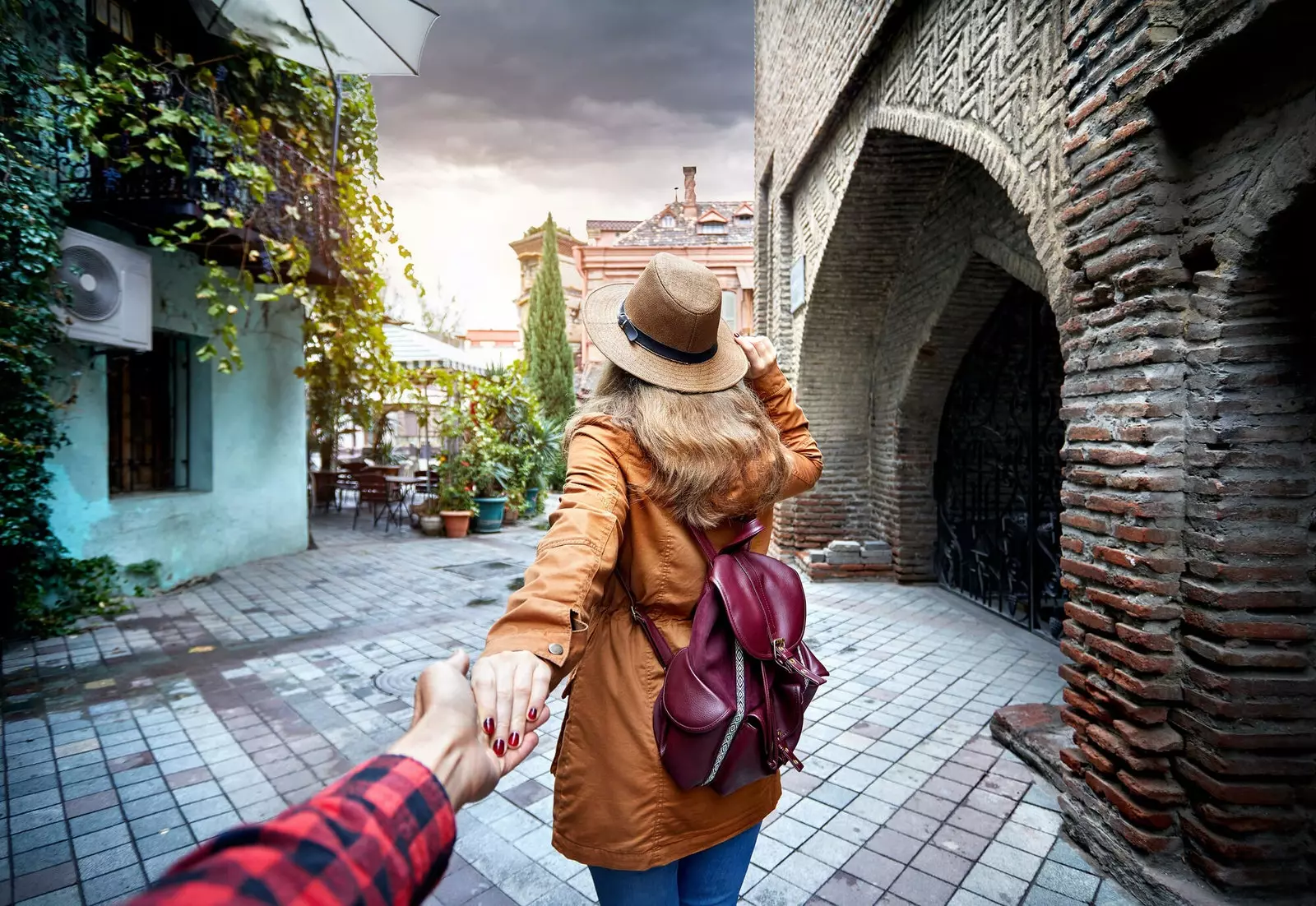
Paths to discover the past and present of Spain.
This last year we have been able to realize the treasures that our country keeps safe. Rural Spain has already conquered hundreds of travelers , but when it joins history and culture, it becomes, more than a trip, a story. ‘Cultural Routes of Spain’ was born in this way as a project to delve into the bowels of the peninsula, go back to the past, go through historical scenes and learn about their traditions.
It is not only an open door to the Roman Empire or the Middle Ages, but also a way of carrying out those mandatory visits that are a World Heritage Site . Distributed between the different paths, they hide 22 of the 48 Spanish sites included in this list. The Altamira Cave, the Siega Verde Archaeological Area in Salamanca or the cave art of the Spanish Levant will be some of the places that these routes enclose.
From north to south and from east to west, the itineraries explore each of the episodes of Spain and the paths they followed. It's all about trails to do with family, friends or alone , the company is chosen by the traveler. But also transportation, since they are authorized to carry out by motorcycle, bicycle, car, motorhome or even on foot. either.
WHERE TO START?
Five routes and twelve participating autonomous communities They will make sure that you know every inch of the ins and outs of the country through the theme you want. To follow a chronological order, the Cultural Routes of Spain take us, first of all, to prehistory through the Cave Routes of Spain, responsible for publicizing the birth of art.
These paths run 13 communities following in the footsteps of the birth of painting . They are arranged in small itineraries of between two and three days, organized in 14 routes that follow a thematic or regional motif . Between the different destinations, travelers will also go to museums and interpretation centers in which the main objective is to make known the cave art of Prehistory.
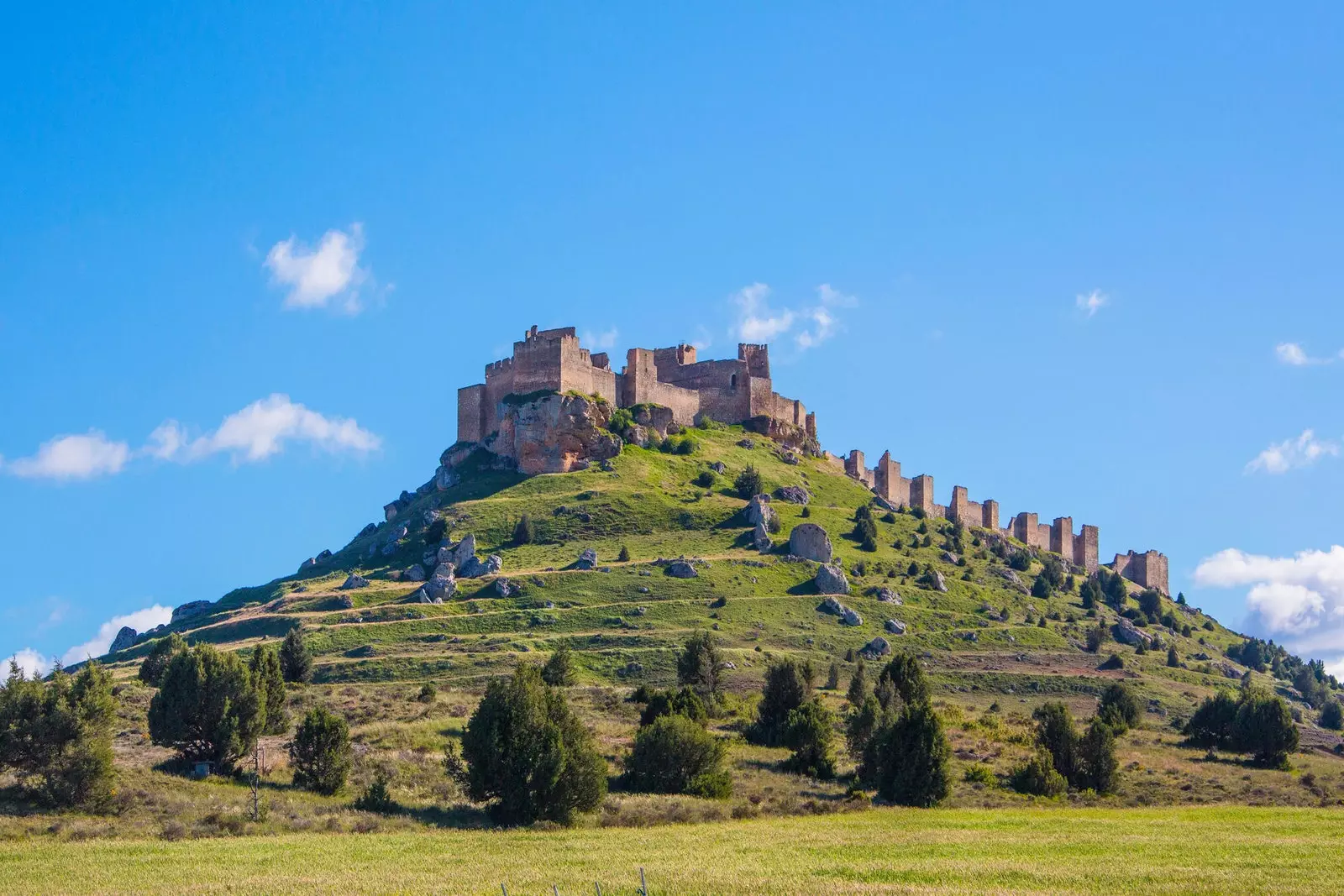
We arrived at the Caliphate Fortress of Gormaz following in the footsteps of the Cid.
The Cantabrian itineraries of the caves of the country of Altamira , the path of the Petroglyphs of the Terras de Pontevedra , the cave routes of Castilla y León, the route of the Rock Shelters of La Mancha or prehistoric Extremadura These will be some of the routes with which you can visit the first art of Humanity.
Sports and nature lovers will opt for the Vía de la Plata Route. The path that follows embodied one of the main communication routes of the Romans. Is about more than 800 kilometers of route throughout 4 regions and 7 provinces : Seville, Badajoz, Cáceres, Salamanca, Zamora, León and Asturias. The history that you will find in the journey will turn differently depending on the place from which you undertake it.
Diversity stands out in this option. In the first place, in terms of its landscapes, a way to delve into the most rural side of Spain. You will run into the Vega del Guadalquivir, Sierra Morena or the Guadiana and Tajo dehesas , as well as including four Biosphere Reserves and two Natural Parks.
The most popular means of transport to explore it have been motorcycles and bicycles. , but hiking is another of the best options. Between the Arab legacy of Andalusia, the Sevillian baroque, the Zamoran Gothic or the Extremaduran Roman , the Vía de la Plata Route also has a place to the aquatic environment, golf courses and even ski resorts . A complete trip that is perfected with the gastronomic stops.
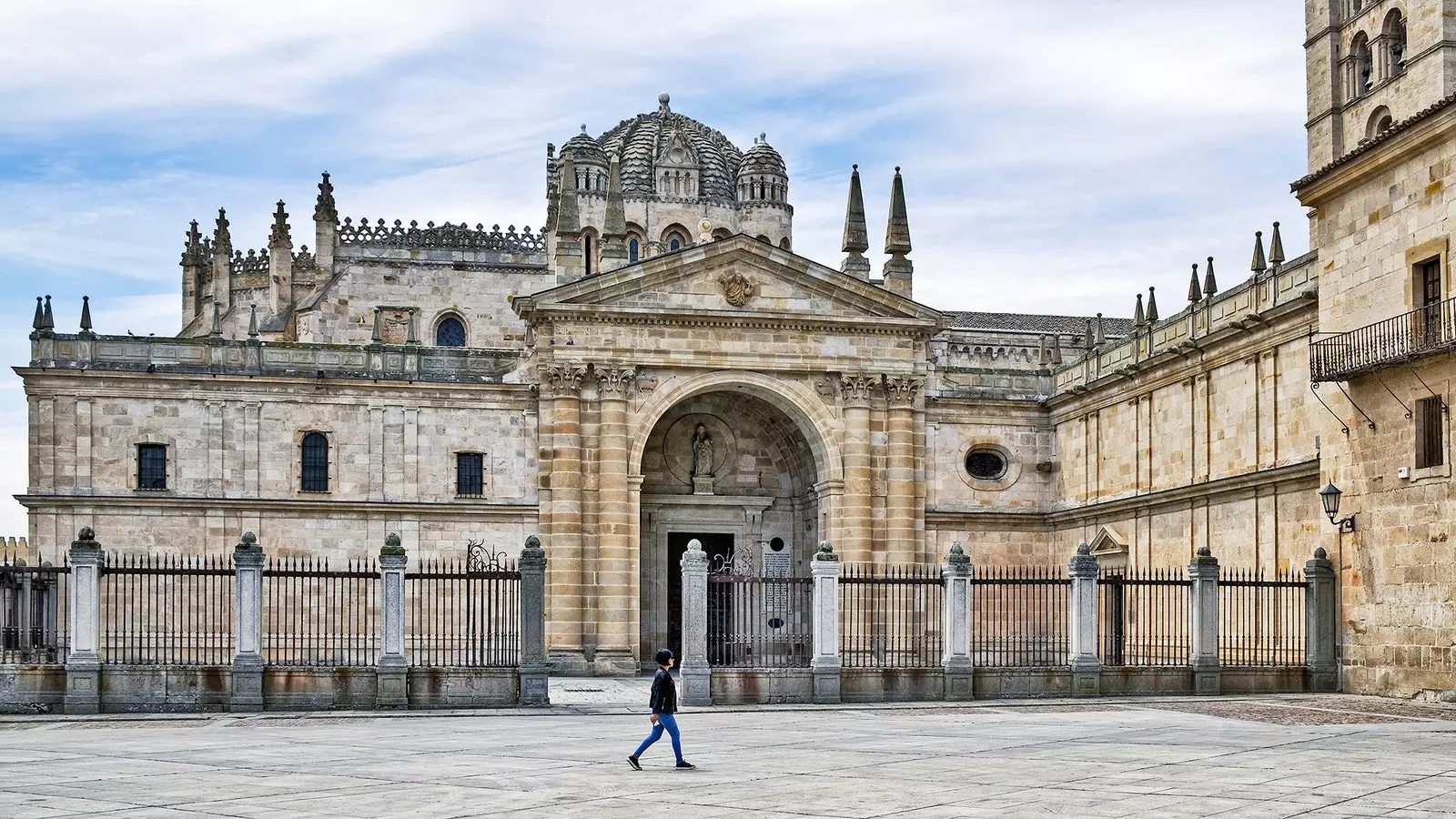
Zamora is one of the stops on the Vía de la Plata Route.
Book in hand and gentlemanly attitude to enter on the next route, the Camino del Cid . This itinerary is made for fantasize through literature and its scenarios . Travelers who venture on the journey, will follow in the footsteps of Rodrigo Díaz de Vivar and they will go through the different episodes narrated in the Song.
Perhaps it is one of the largest with 2,000 kilometers of roads and 1,400 kilometers of trails . That is why, to facilitate our escape, there is divided into 11 thematic routes and these, in turn, in four modalities to choose from : on foot, by bicycle through the paths, by bicycle following secondary roads, and by car or motorcycle.
Walking the Camino del Cid is putting yourself in the role of an authentic medieval knight, from castle to castle until reaching the more than 200 that he owns . Through Castilla y León, Castilla-La Mancha, Aragón and the Valencian Community, travelers will be able to cross off their list eight World Heritage Sites . We may lack the horse and the armor, but the attitude is what counts.
From the footsteps of Rodrigo we are going in the footsteps of Carlos V . History and gastronomy are the strong points of a route that is articulated in the form of chapters that simulate the travels of the emperor . The arrival of Prince Carlos, the Coronation as Emperor, the Route of the Monasteries, the Route of Carlos V and Isabel of Portugal and The Last Journey. All of this going through places like Toledo, Guadalupe, Granada or the Monastery of Yuste until reaching more than 50 cities and historical places.
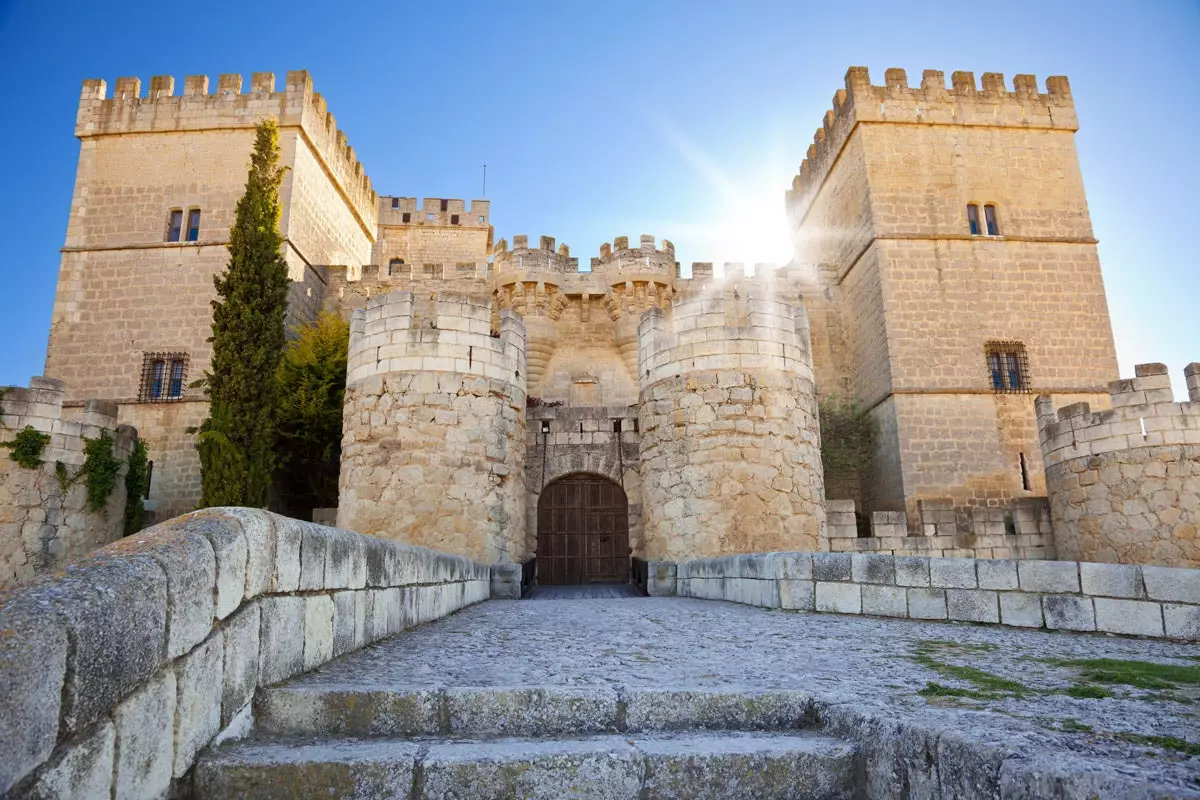
On the Carlos V route, you will feel like a true emperor in places like Ampudia.
To those destinations that are in charge of reviewing the biography of Carlos V, they join natural enclaves such as Valle del Jerte or Peñaranda de Bracamonte . But perhaps one of the strongest points of this route is its gastronomic power . With the collaboration of different chefs, the recipe book of the 16th century emperor has been recreated adapted to current tastes . Foodies will feast on the baked fish from the Cantabrian coast or stews and meats from Castilla y León , among others.
And finally, the routes they move us directly to Andalusia . For those who prefer discover destinations through tradition, Caminos de Pasión It is an itinerary that looks closely at the customs and way of life, Specifically, Easter . From Utrera to Alcalá la Real, the traveler stops at each of the towns in the interior of the community, emphasizing their habits and gastronomy.
Both nature in its pure state, as well as a good dose of heritage, Caminos de Pasión focuses on local life, crafts and lifestyle , while visiting places like the Castle of the Counts of Cabra, the eleven Towers of Écija or the Fortress of La Mota in Alcalá la Real . The churches and convents of each of the towns also make up one of the greatest attractions of the route.
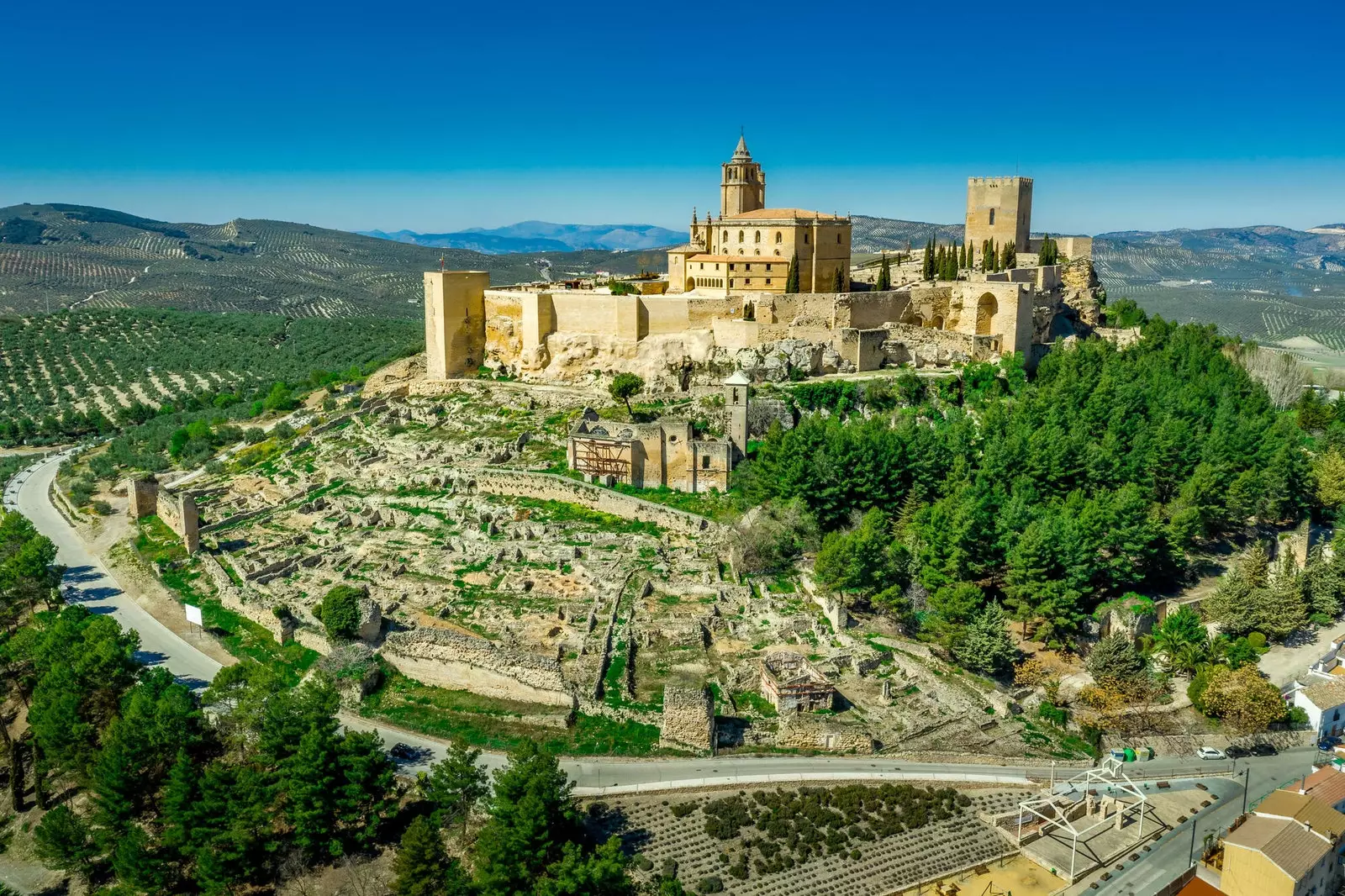
Delve into Alcalá la Real at the hands of Caminos de la Pasión.
In the case of Andalusia, logically we must leave room for two of its star products: olive oil and wine . For travelers with a palate, the route includes visits to farms, tastings and various activities that revolve around gastronomy, in which there is room even for pastries.
Perhaps you thought that to explore Spain on foot you only had the Camino de Santiago, but the truth is that there are numerous options to travel centuries back in our country. 'Cultural Routes of Spain' opens a range of possibilities for those who love history, culture and gastronomy , and for those who prefer to visit slowly, step by step. An opportunity to leave not even a trace of the peninsula to go but, in addition, to do it as a film, in the skin of the characters that made up their legends. We already asked the question at the beginning, where are you going to start?
